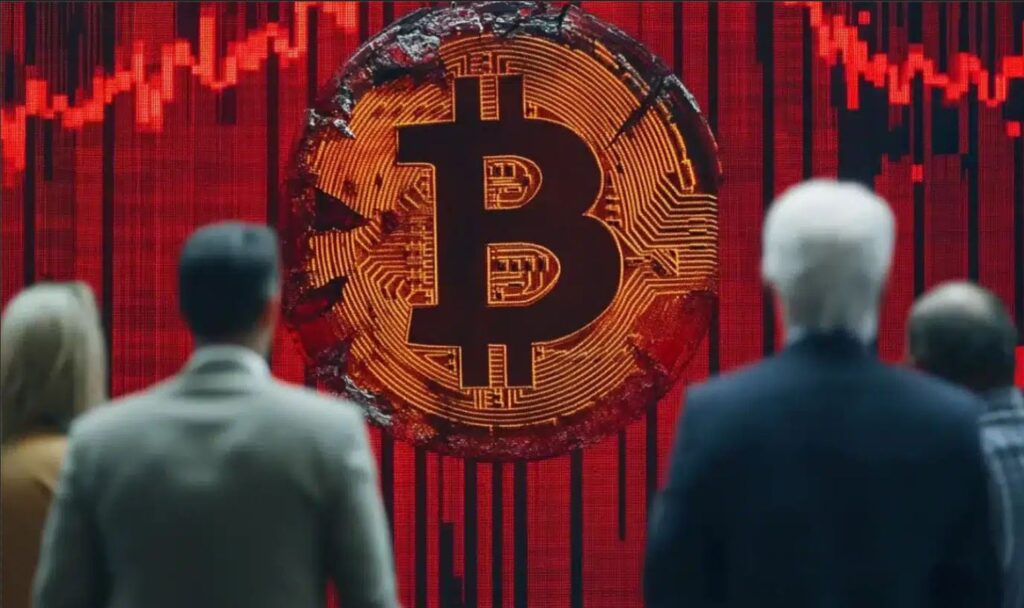The recent flash crash of Wrapped Bitcoin (WBTC) on Binance has raised concerns in the cryptocurrency market, as its price plummeted from nearly $98,500 to as low as $5,209 in a matter of minutes, only to rebound quickly back to around $98,000 on November 23. This dramatic price movement took place just days after Coinbase made the significant announcement that it would delist WBTC from its platform due to liquidity concerns, effective December 19. The rapid crash and subsequent recovery have left many in the crypto community speculating about the underlying cause, but neither BitGo (the custodian of WBTC) nor the WBTC team have provided any official explanation for the incident.

This flash crash is particularly noteworthy because of its timing, coming right after Coinbase’s decision to remove WBTC from its exchange. Coinbase’s delisting announcement signals the exchange’s growing concerns about the liquidity and stability of WBTC, which is a tokenized version of Bitcoin used widely in decentralized finance (DeFi) platforms. The delisting also coincides with Coinbase launching its own wrapped Bitcoin token, Coinbase Wrapped Bitcoin (cbBTC), in an effort to compete in the same market. Coinbase’s entry into the wrapped Bitcoin space with its own token has sparked further tensions with BitGo and its custodial partner, Justin Sun, who has been a controversial figure in the crypto world.
Justin Sun’s involvement with WBTC came about through a joint venture between BitGo and Sun’s companies, including his connections to the Hong Kong-based trust company BiTGlobal, which has been linked to the management of WBTC. Sun has been vocal in criticizing Coinbase’s new cbBTC token, particularly calling out Coinbase for failing to complete a proof-of-reserves process for the token. This has added fuel to the rivalry between Coinbase and Sun’s companies, as both compete for dominance in the market for wrapped Bitcoin tokens.
The competition has intensified as more crypto exchanges enter the wrapped Bitcoin space. For instance, Kraken has also launched its own version of wrapped Bitcoin, called kBTC. This influx of new wrapped Bitcoin products from major players has made the landscape even more competitive, leading to potential market fragmentation. The tension between Coinbase and Sun’s ventures, coupled with the lack of transparency in the reserves of competing wrapped Bitcoin tokens, has created a complex and uncertain environment for investors and users of these tokens.
The flash crash of WBTC highlights the inherent risks of the wrapped Bitcoin market and the broader DeFi ecosystem, which relies heavily on the stability and liquidity of these tokenized assets. While WBTC has a substantial market capitalization—nearing $14 billion—it has been facing increasing scrutiny due to issues related to liquidity, the competition between wrapped Bitcoin tokens, and concerns over custodial practices. Investors may be becoming more cautious, especially as more exchanges and crypto firms enter the market with their own wrapped Bitcoin offerings, creating uncertainty about which tokens will maintain long-term viability.
In conclusion, the WBTC flash crash underscores the volatile nature of the cryptocurrency market, particularly in the context of wrapped assets. While WBTC has played a crucial role in bridging Bitcoin liquidity into DeFi ecosystems since its launch in 2019, the recent events suggest that the token’s future may be influenced by fierce competition, regulatory scrutiny, and liquidity challenges. As the situation unfolds, the broader crypto community will likely continue to closely monitor how the market adapts to these changes and whether new wrapped Bitcoin tokens, such as cbBTC and kBTC, can establish themselves as stable alternatives to WBTC.


Like now
Like it